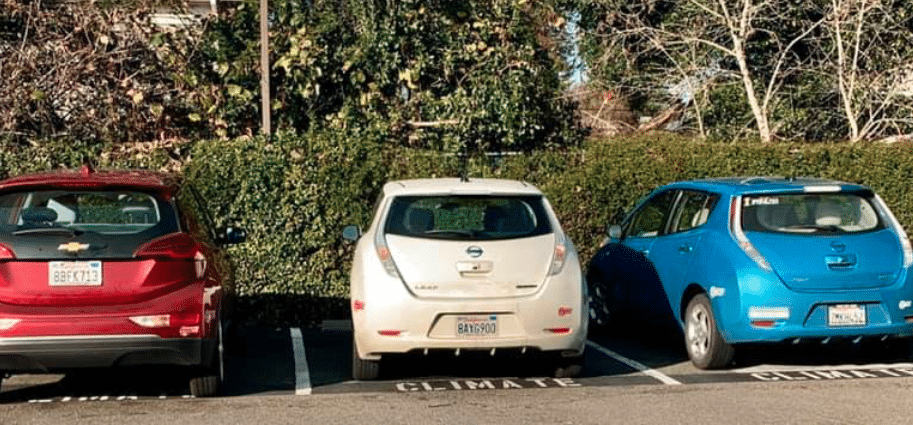The Bay Area Climate Literacy Impact Collaborative (BayCLIC) is a professional network dedicated to ensuring that visitors to the Bay Area’s array of renowned educational institutions learn about the core elements of climate change and feel both motivated and empowered to take action. The Climate Center plays a support role for BayCLIC, facilitating and coordinating meetings, developing agendas, and acting as a liaison between the participating partners.
In January, BayCLIC members met to tackle transportation. Transportation is the largest greenhouse gas producer in the Bay Area, accounting for 40% of our carbon footprint. If California is going to meet its greenhouse gas emission reduction goals, we need to start looking for transportation solutions that we can implement and grow quickly. Guest presenters shared solutions from a variety of sectors.
Daryl Davis from Transform talked about how to improve walking and biking in school communities through the Safe Routes to Schools (SRTS) program. SRTS is a national success story. The program started in Florida in 1997 and has spread to 13,000 schools around the country who participate in the effort to increase community health by encouraging walking and biking to school. Daryl talked about key lessons learned and strategies implemented by Transform for successfully engaging tomorrow’s leaders to adopt walking as a mode of transportation. Strategies include coupling education with encouragement and working with schools to implement policies that make walking safer, easier, and therefore a more normal choice.
From mode shift (changing the type of transportation we use) we moved on to explore the idea of fuel shift (what we use to power our vehicles). Doron Amiran, with The Climate Center, talked about the upcoming transportation revolution to Electric Vehicles which is happening quickly. It took five years for the first 1,000,000 electric vehicles in the US; the second million took only six months! Every major car producer in the world in introducing electric models including electric trucks and SUVs. Countries like Germany, China, and India are signing on to internal combustion engine (ICE) bans by 2030 and California is currently looking at a bill to ban the sale of new ICE vehicles by 2040 in the upcoming legislative cycle.
The next presenter Sophia Zug, from Strategic Energy Innovations, shared how our energy grid is changing in ways to support and amplify our transition to electric cars. Electric engines are far more cost, energy and pollution effective. California has energy mandates, to have 50 percent of our energy come from renewables by 2050. We have community choice energy programs like Sonoma Clean Power and the SF Public Utilities Commission which puts the Bay Area ahead of the curve. These programs use higher percentages of renewable energy and make electric vehicles even cleaner.
Amy Jolly, from The Climate Center, closed out the meeting with strategies for community design. She discussed designing and redesigning our cities in ways that make sustainable transportation the easy, most convenient choice. Key strategies included connected transportation networks so people can work, play and shop close to home. Again, safe walking and biking routes can spur people to choose these healthier modes of transit. Finally, frequent, accessible, and inexpensive transit, slowing down traffic and dedicated spaces for walkers and cyclists.
California has 35 million people and 45 million personal vehicles.. Most of those vehicles are not moving 96% of the time. That’s not grid lock in the Novato narrows or 580 at rush hour, that is sitting in parking lots and driveways. What could we do with space currently occupied by all those cars and their accompanying infrastructure? More parks. More open public space. More affordable housing. We can build more spaces we all can enjoy. The host organization, Lindsay Wildlife Center, brought this message home with a visitor from their animal hospital, a great grey owl. This beautiful creature is endangered in the state of California and served as a perfect reminder of the value of our work and the demand for a more cohesive and healthy integration of our built and natural environments.
If you are interested in the professional development opportunities BayCLIC offers and lending your expertise to our ongoing exploration of climate solutions contact bayclic@theclimatecenter.org.
